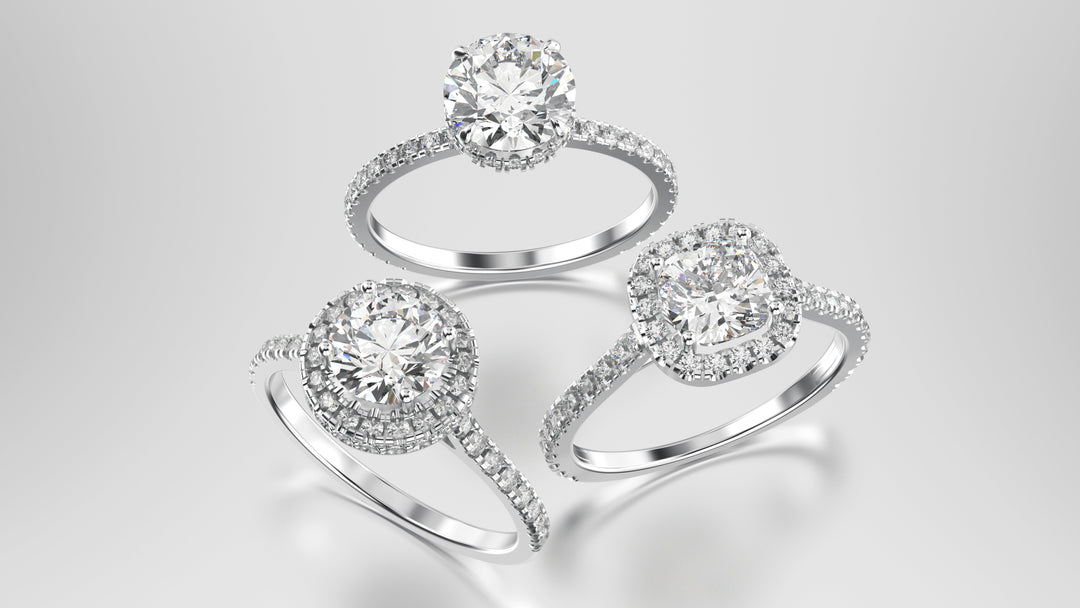Old mine cut diamonds, also known as antique diamonds, have become all the rage among gem collectors and jewelry enthusiasts in recent years. Old mine-cut diamonds are a great alternative to modern-day machine-cut diamonds.
Even though they’re not as well known, these antique diamonds have unique beauty and appeal that set them apart from the rest of the diamond market.
Here’s what you need to know about old mine-cut diamonds and why they are so desirable.
What Are Old Mine Cut Diamonds?
Old Mine Cut Diamonds are diamond gemstones cut in a traditional style. These diamonds come in various shapes, including pear, oval, marquise, and heart. These diamonds can be cut in any diamond cut, but they are more commonly found in old mine cuts.
In some cases, these diamonds are more than 100 years old. These diamonds are relatively inexpensive because they were discovered much later than other shapes and cuts.
The History of Old Mine Cuts
In 1868, a diamond prospector named George Boyd began cutting diamonds out of old mine shafts in the vicinity of Orange River. These stones were originally known as drill-cut diamonds or plain cut because they were so inexpensive that anyone could buy them.
This process was revolutionary, for it allowed for great savings in time and resources as miners did not have to go far in search of new stones.
The 4 C’s of an Old Mine Cut Diamond
The cut refers to how well each facet of the diamond is cut, with OMCs typically displaying a star shape after they are polished.
Clarity deals with imperfections in natural diamonds, and OMCs tend to have quite a few as they are 100% natural.
Color takes the color intensity and hue into account while dealing with specific light conditions, with an OMC typically being lower on the scale than other types of diamonds.
Carat weight is also considered but not weighted as heavily as when comparing one type of diamond to another. For example, an Old mine cut diamond can be just as valuable if it weighs 1 carat or 2 carats.
Differences Between Old Mine Cut Diamonds And Ideal Cuts
The most notable difference is that OMC diamonds typically have more imperfections and a different optical clarity.
Another difference between these two diamond cuts is in the shaping process. Modern-cut diamonds are given a crown, girdle, pavilion, table, and cleavage shape, whereas old mine-cut diamonds take on their natural shapes due to mining conditions where they were found.
They also tend to reflect more light in certain areas, such as the edges of their crowns and pavilion facets.
Are They Worth It?
Yes, old mine-cut diamonds are worth it because they offer beauty and a backstory. These diamonds have endured centuries of natural wear and tear to give them an antique appeal, but they are still stunning pieces that offer more than just a gemstone.
They tell a story of their own, making them one-of-a-kind pieces that stand out amongst other gems in their class.
Pros
- Durable
- They have a natural roughness that makes them stand out from other cuts,
- They are easily polished because they don’t have any inclusions.
- They are less expensive.
How To Shop For An Old Mine Cut Diamond
While most diamonds on the market today are well-cut, old mine-cut diamonds are often irregularly shaped. They have one facet point, leading to more fire than most other diamonds with lower quality cuts.
Secondly, you should look at the diamond’s clarity and color. These two factors will tell you how many imperfections your diamond has.
Lastly, when shopping for an OMC, ensure you get your diamond from a reputable jeweler or dealer.
Final Thoughts
At Wm. Harold & Sons Jewelry, we believe old mine cut diamonds are perfect for any occasion! They’re classic, bold, beautiful, and timeless as love.
If you are considering a high-quality, old mine-cut diamond, please don’t hesitate to contact us today or visit our website! We are here to help you find the right gemstone you’re looking for.





